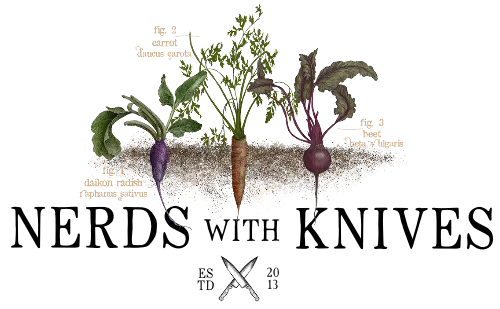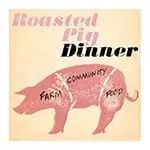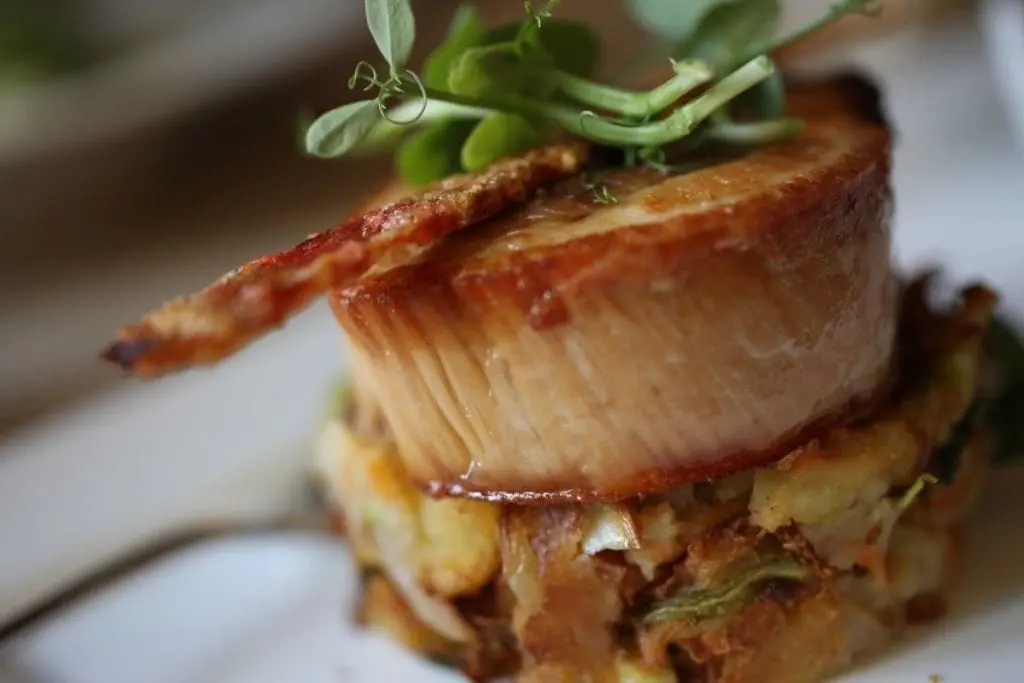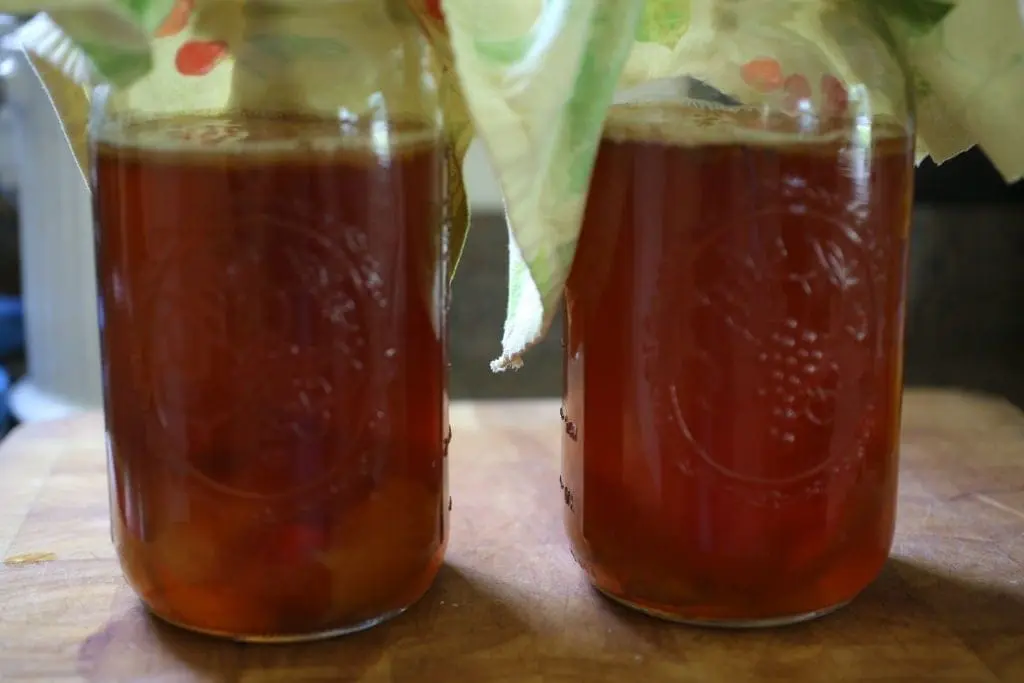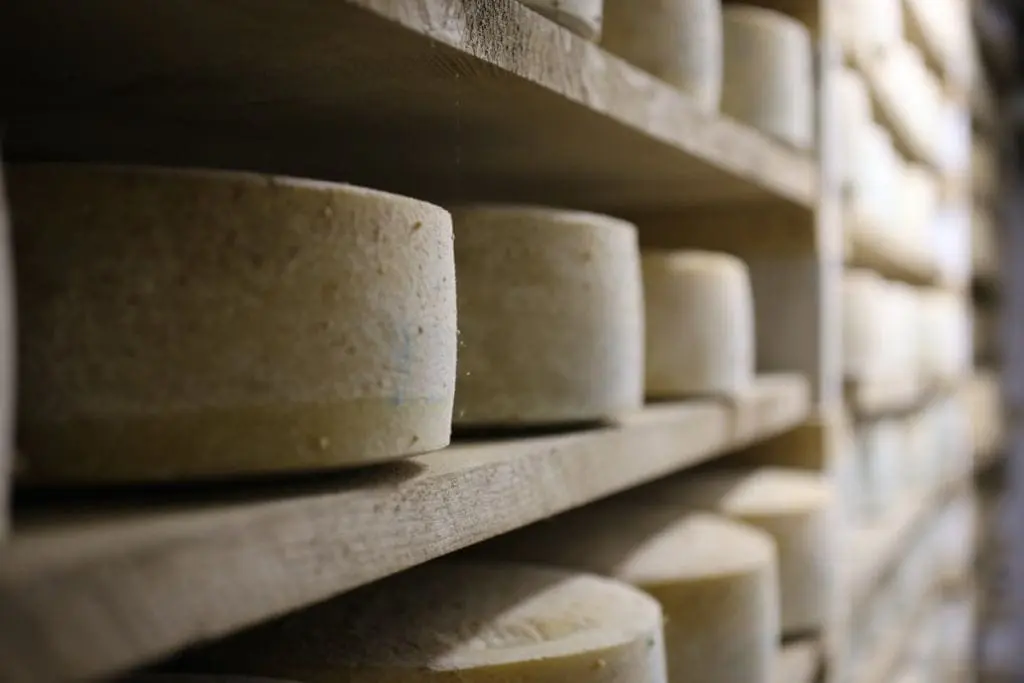At the beginning of the summer (2013), Matt and I went to England to visit his family and do a little sightseeing. For years we went every other Christmas which means that we hadn’t been to the UK when the weather was warm for ages. Now don’t get me wrong, Christmas in England is magical, with all the fireplaces and fairy lights and mince pies (ok, those are kinda gross). But when you’re driving around it’s a bit difficult when it gets dark at 2pm and the average weather is frozen drizzle.
Pig Roast at Obercreek Farm
The harvest weeks of late summer, going into early fall, is when the Hudson Valley really struts its stuff . While there are festivals, fairs, and merry socials all year round, the weekends at this time of year become a whirligig of competing events, all worthy of your time. Last weekend, for example, our options … Read more
